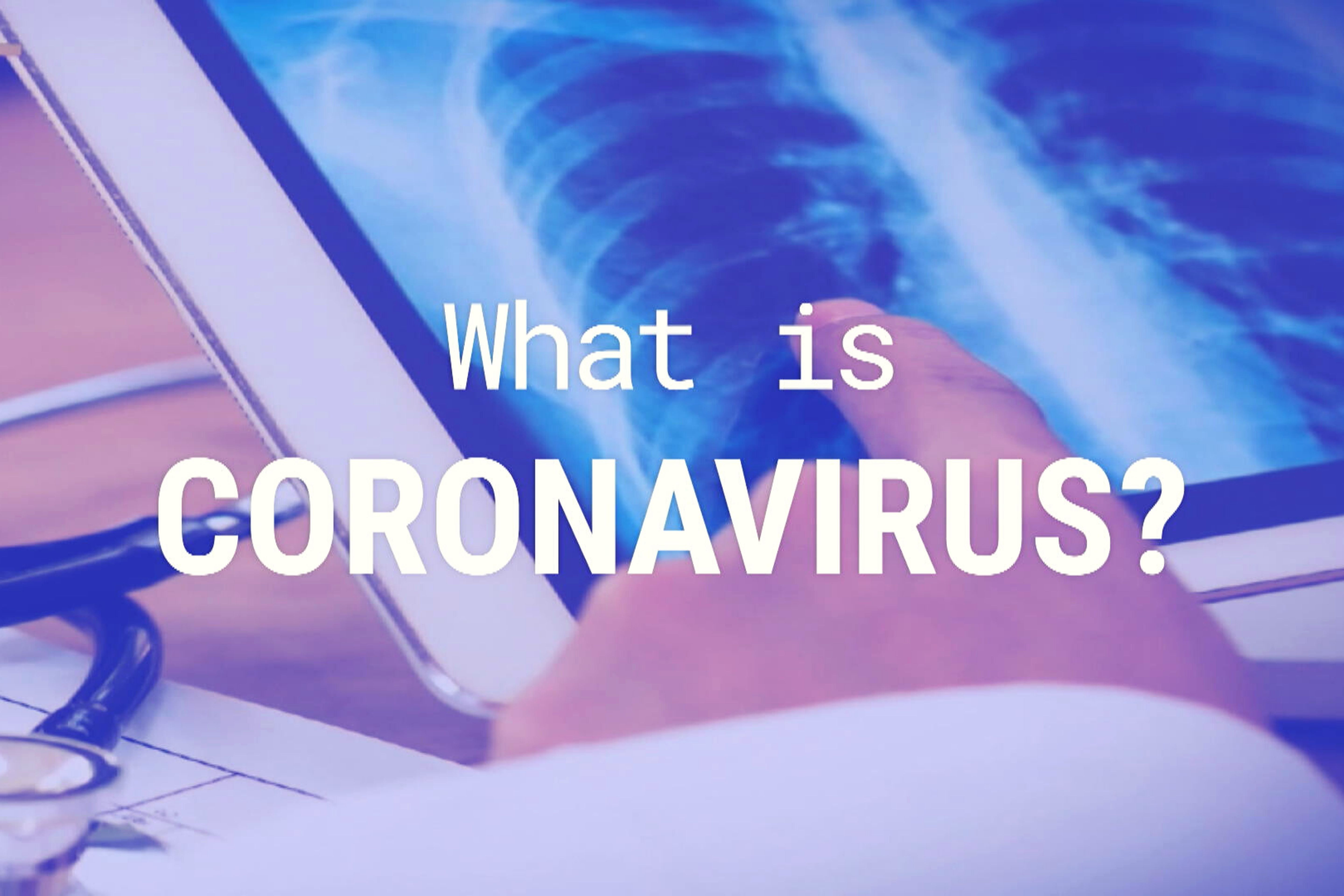
Is Corona virus really that scary?
In December 2019, the Chines authorities notified the world that a virus was spreading through their communities. In the following months, it spread to other countries, with cases doubling within days.
This virus is the Severe Acute Respiratory Syndrom (SARS) – Related Coronavirus 2 that causes the disease called Covid-19 and that everyone simply calls coronavirus.
What actually happens when it infects a human and what should we all do?
A virus is really just a hull around genetic material and a few proteins, arguably not even a living thing. It can only make more of itself be entering a living cell.
Corona might spread via surfaces, but it’s still uncertain how long it can survive on them. Its main way of spreading seems to be droplet infection when people cough, or if you touch someone who’s ill and then your face, say rubbing your eyes or nose.
The virus starts its journey from there, and then hitches a ride as a stowaway deeper into the body. Its destinations are the intestines, the spleen or the lungs, where it can have the most dramatic effect. Even just a few corona viruses can cause quite a dramatic situation.
The lungs are lined with billions of epithelial cells. These are the border cells of your body, lining your organs and mucosa waiting to be infected.
Corona connects to a specific receptor in its victim’s membranes to inject tits genetic material. The cell, ignorant of what’s happening, executes the new instructions, which are pretty simple: copy and reassemble.
It fills up with more and more copies of the original virus until it reaches a critical point and receives one final order, self-destruct.
The cell sort of melts away, releasing new corona particles ready to attack more cells. The number of infected cells grow exponentially!
After about 10 days, millions of body cells are infected, and billions of viruses swarmed the lungs. The virus has not caused too much damage yet, but corona is now going to release a real beast on you, your own immune system.
The immune system, while there to protect you, can actually be pretty dangerious to yourself and needs tight regulation. And as immune cells pour into your lungs to fight the virus, Corona infects some of them and creates confusion.
Cells have neither ears nor eyes. They communicate mostly via tiny information proteins called cytokines. Nearly every important immune reaction is controlled by them.
Corona causes infected immune cells to overreact and yell bloody murder. In a sense, it puts the immune system into a fighting frenzy and sends way more soldiers than it should, wasting its resources and causing damage.
Two kinds of cells in particular wreak havoc.
First, neutrophils, which are great at killing stuff, including our cells. As they arrive in their thousands, they start pumping out enzymes that destroy as many friends as enemies.
The other important type of cells that go into a frenzy are killer T-cells, which usually order infected to commit controlled suicide. Confused as they are, they start ordering healthy cells to kill themselves too. The more and more immune cells arrive, the more damage they do, and the more healthy tissue they kill. This might get so bad that it can cause permanent irreversible damage, that leads to lifelong disabilities.
In most cases, the immune system slowly regains control. It kills the infected cells, intercepts the viruses trying to infect new ones and cleans up the battlefield.
Recovery begins.
The majority of people infected by Corona will get through it with relatively mild symptoms “Fever and/or Cough”. But many cases become severe or even critical.
Corona is particularly dangerous for people over 60 and patients with preexisting conditions or weakened immune systems.
Our World In Data
We don’t know the percentage because not all cases have been identified, but it’s safe to say that there is a lot more than with the flu. In more sever cases, Millions of epithelial cells have died and with them, the lungs’ protective lining is gone.
That means that the alveoli – tiny air sacs via which breathing occurs – can be infected by the bacteria that aren’t usually a big problem. Patients get pneumonia. Respiration becomes hard or even fails, and patients need ventilators to survive.
The immune system has fought at full capacity for weeks and made millions of antiviral weapons. And as thousands of bacteria rapidly multiply, it is overwhelmed. They enter the blood and overrun the body; if this happens, death is very likely.
The Corona virus if often compared to the flu, but actually, it’s much more dangerous. While the exact death rate is hard to explain to pin down during an ongoing pandemic, we know for sure that it’s much more contagious ad spreads faster than the flu.

